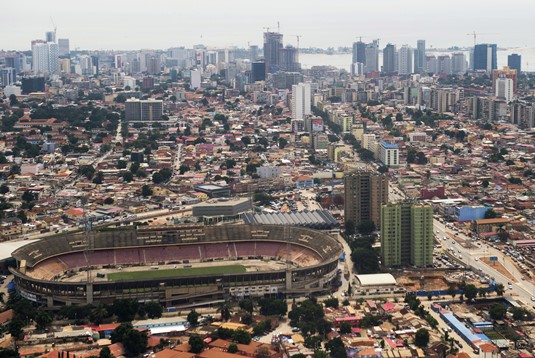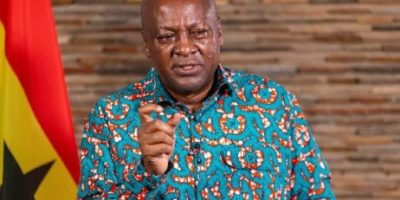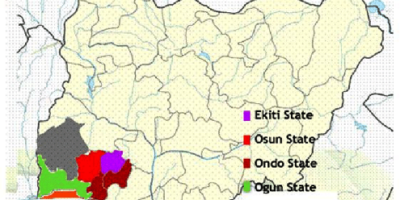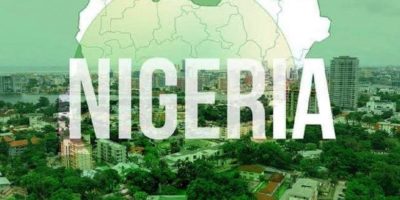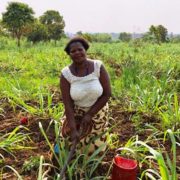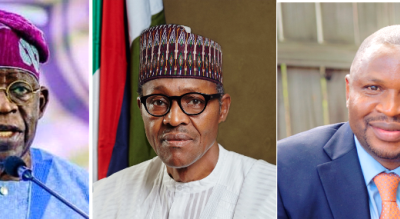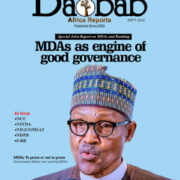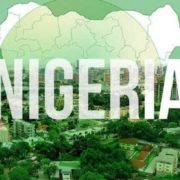Johannesburg is the most culturally vibrant city in Africa, according to the Creative Vibrancy Index for Africa (CVIA) that ranks how 12 African cities support and enable the arts, culture, and creative industries.
The index provides a comprehensive overview of the environment for artists and creative entrepreneurs in Johannesburg, Kinshasa, Dakar, Nairobi, Tunis, Marrakech, Luanda, Accra, Cairo, Lagos, Harare and Dar-Es-Salam.
The cities were ranked based on availability and access to cultural venues and facilities; cultural policies that support the arts, and the cities’ capacity to promote culture. Johannesburg has the highest overall ranking score for creating the most enabling environment for creativity, followed by Cairo and Lagos. Meanwhile, Marrakech, Tunis and Kinshasa are the least enabling cities.
The CVIA is aimed at inspiring growth in the sector by highlighting the landscape of support for arts, culture and creative industries, and the sectors’ capacity for job creation, community cohesion, and youth engagement.
The index provides much-needed data for investors, funders, creative entrepreneurs, and other sector stakeholders by offering valuable insights into the gaps in the creative and cultural landscape. In this regard, the index serves as a tool for decision making by stakeholders in the creative and cultural industries. Future updates to the index will include additional cities and track changes in the cities already mapped.
The CVIA is funded by narrative change organisation, Africa No Filter, and the British Council. The Arab Fund for Arts and Culture, and the World Cities of Culture Forum are part of the project’s advisory board, providing technical input.
Moky Makura, Executive Director of Africa No Filter, said: “The availability and access to arts, culture and creativity is increasingly the mark of a successful city and developed economy. For us at Africa No Filter it is also a measure of the support and infrastructure provided to African storytellers to enable them to share their stories, grow audiences and build their own sustainability as artists. We were keen to understand how culturally vibrant the African creative sector is, so we know if African stories are being heard. This index will shine a much-needed spotlight on the state of the creative landscape in Africa and help us all advocate for more support for storytellers on the continent. We have started with just 12 cities, but our aim is to do this across all major cities on the continent.”
Sandra Chege, Head of Arts Kenya, said: “We are excited to collaborate with Africa No Filter and the Creative Economy Practice at CcHUB to develop this important index. We look forward to engaging in the conversations and insight generated through this project on how cultural actors can strengthen the cultural infrastructure of cities across Africa to create a more enabling environment for creative and cultural practitioners.”
Ojoma Ochai, Managing Partner of the Creative Economy Practice at CcHUB, said: “The ranking of cities is not the main value add. What is more important is the use of the comparative measurement to showcase good practice, inspire dialogue and stimulate more support for the sector.”
For more information on the CVIA: visit www.creativevibrancyindex.africa

